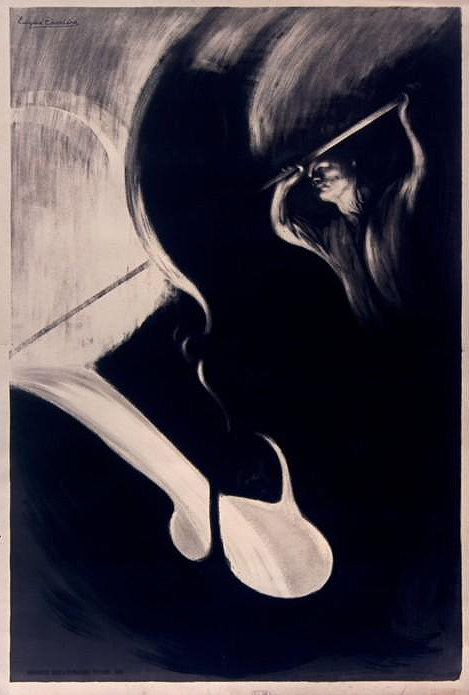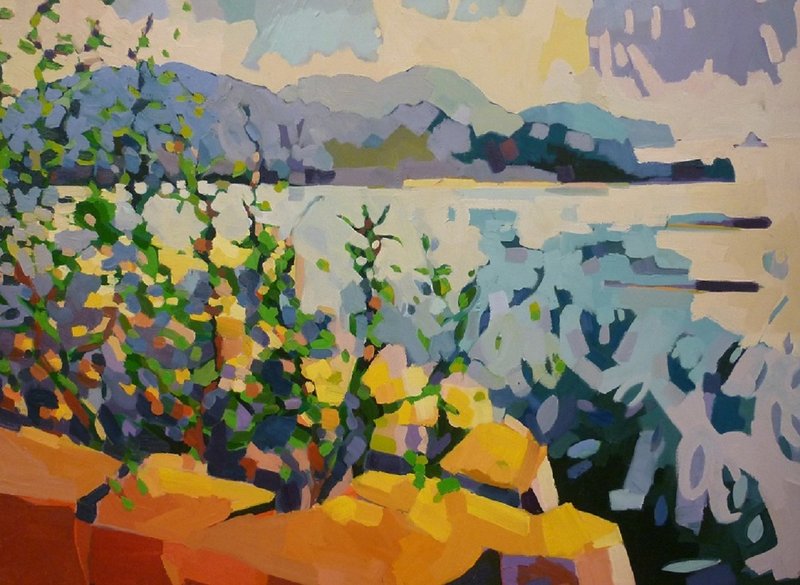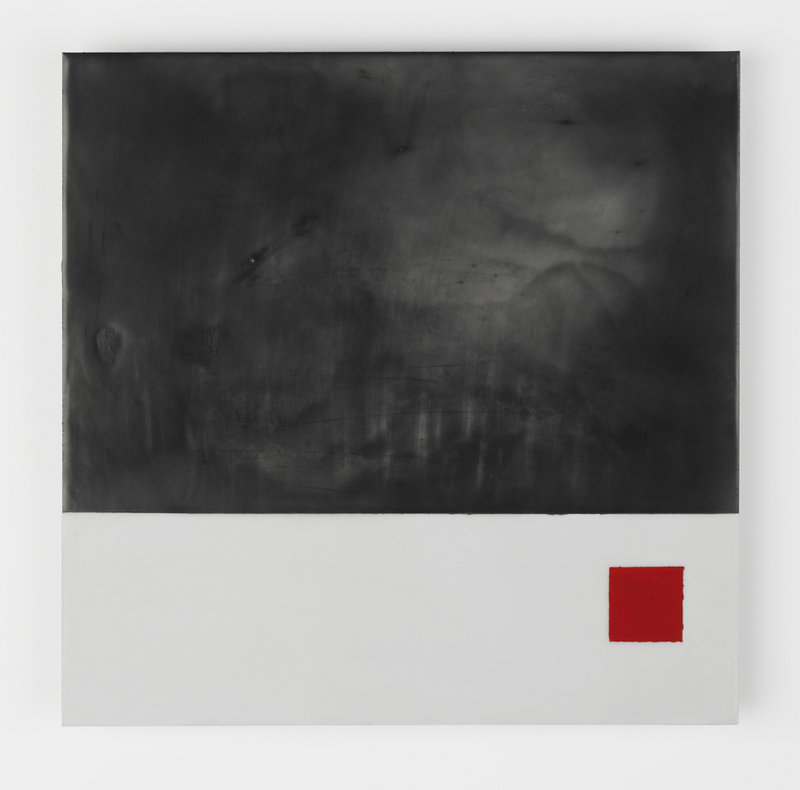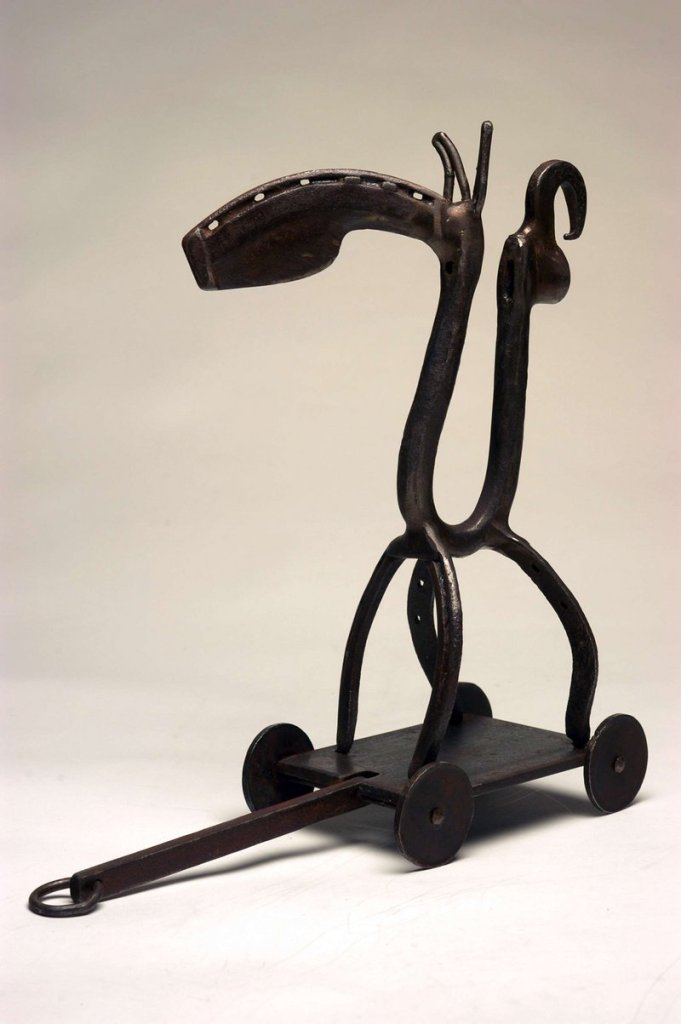Generally, I only review shows that are still on view for the public, but Aucocisco Galleries in Portland has just begun a particularly worthy series of 12 micro-short, two-person shows that will be opening every Thursday through June.
To soften my conundrum, we’ll dance lightly this week around several venues in and around Portland.
THE FIRST INSTALLMENT of “Double Dozen” was one of the best-looking shows I have seen at Aucocisco: Elegantly smart piano-part assemblages by Louise Philbrick, and impressively detailed, 3D, forest still-life wall constructions by Toni Wolf.
But the second installment revealed something key about professional galleries. The artists were Caren-Marie Michel and her husband, Fred Michel. Caren-Marie is a member of Westbrook’s Saccarrappa Art Collective, where I recently saw 20 of her small but punchy bright landscapes.
The difference between the two installations is night and day. Aucocisco owner Andres Verzosa hung one-fourth as many works in five times the space. More important than breathing room, however, was editing. Represented only by her strongest pastels, the Caren-Marie Michel of Aucocisco is in a different class.
This series features local artists who are not represented by Aucocisco. If you don’t know them, it’s a great chance to see (and meet) some talented local artists. It’s also a chance to see how Verzosa curates their work.
I like the next two artists very much (painter Marilyn Blinkhorn and metal sculptor Patrick Plourde), but they are both artists who should benefit from Verzosa’s sharp-eyed editing.
I am particularly excited about Plourde’s “Penguin Wagon” — a steel-sculpted child’s wagon loaded with a pair of stylized “toy” penguin passengers.
ANOTHER SHOW of compelling pairings is the excruciatingly named “Ekphrasis” at Merrill Memorial Library in Yarmouth.
It’s an apt enough title for a show about poems paired with paintings, but it seems a bit highfalutin’ for an institution with such a great reputation for accessibility.
(“Ekphrasis” is the Greek word for the rhetorical device of enlivened re-representation of one artistic medium by another — such as poems about paintings.)
For a show that flows throughout the library, “Ekphrasis” is surprisingly coherent and entertaining. Rushing to a talk, I first looked at all of the paintings before reading any of the associated poems. I was glad I did, because the poems had an unexpectedly invasive (but interesting) effect on the paintings.
The most notable shift occurred with Munira Naqui’s “Trace I,” an elegantly petite and completely abstract encaustic painting on aluminum panel. It features wispy veils of graphite powder above a white band punctuated with a solid red square.
Catherine Fisher’s verse, however, is about digging clams in the morning fog — it’s a game-changer.
I particularly like the exhibition catalog because the poems in print get to shine as brightly as the paintings do on the walls of the handsome library. I prefer to see paintings such as Anne Lively’s autumnal river scene “Three Sisters” and Susan Carter’s thoughtfully atmospheric morning forest landscape in person, but some — such as Evelyn Dunphy’s watercolor of bare, twisted and entwined marsh trees (“The Embrace”) — play the part of illustration impressively well.
A PARTICULARLY interesting use of text can be seen in Tom Halls’ paintings in “Spring Salon,” a group show at June Fitzpatrick Gallery. His extraordinary “Back Cove” is a large, poetically bleak Victorian-flavored view of Portland dappled with bits of collaged newspaper.
I am fascinated by how much his two small landscapes featuring the letters “RFD” get on my nerves (particularly the one with red letters) while they hang next to the small but brilliant and powerfully dense “Portland Headlight 2.”
AT GLEASON FINE ART, the group show “Spring!” includes new paintings by Henry Isaacs that highlight his color, value/hue and rhythmic achievements.
Isaacs’ fluent movement between light and color has the effect, however, of revealing what I find frustrating about Tom Curry’s paintings at the front of the gallery: Curry’s light effects are too heavy and pasty.
Curry can certainly handle a brush, but he trips over colored light and atmosphere.
TWO OF the most interesting works on view in Portland are in front windows.
My favorite, at A Fine Thing, is “Le Fondeur (Paris, 1900),” a dramatic large-scale lithograph of a steel worker by the elegant secessionist Eugene Carriere.
Finally, I like seeing a large canvas by Judy Taylor — who painted the “History of Labor in the State of Maine” mural — in the front window of Greenhut Galleries. Set in the Metropolitan Museum of Art, it’s a painting about looking at art — a worthy subject if there ever was one.
Freelance writer Daniel Kany is an art historian who lives in Cumberland. He can be contacted at:
dankany@gmail.com
Send questions/comments to the editors.






Success. Please wait for the page to reload. If the page does not reload within 5 seconds, please refresh the page.
Enter your email and password to access comments.
Hi, to comment on stories you must . This profile is in addition to your subscription and website login.
Already have a commenting profile? .
Invalid username/password.
Please check your email to confirm and complete your registration.
Only subscribers are eligible to post comments. Please subscribe or login first for digital access. Here’s why.
Use the form below to reset your password. When you've submitted your account email, we will send an email with a reset code.